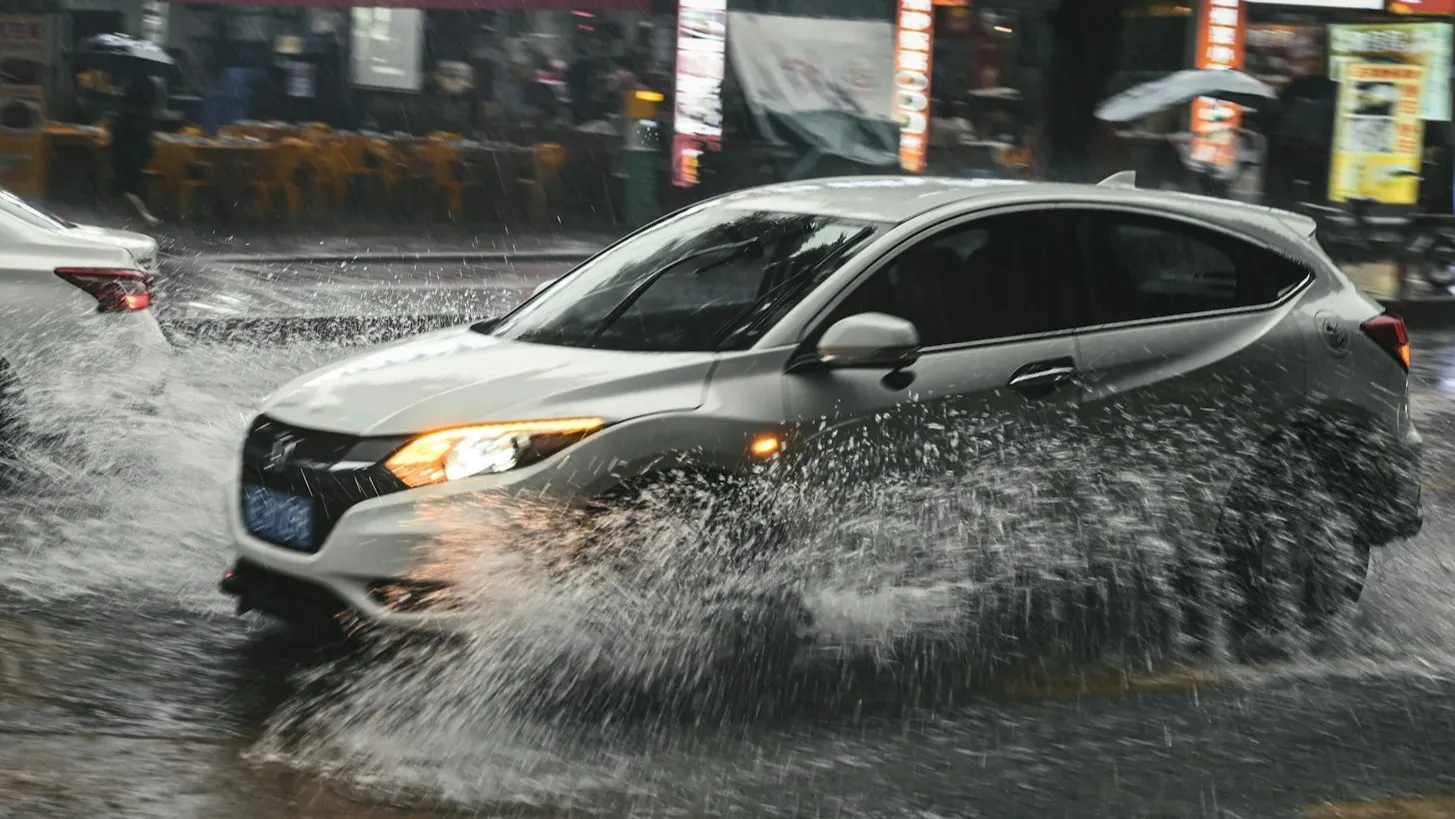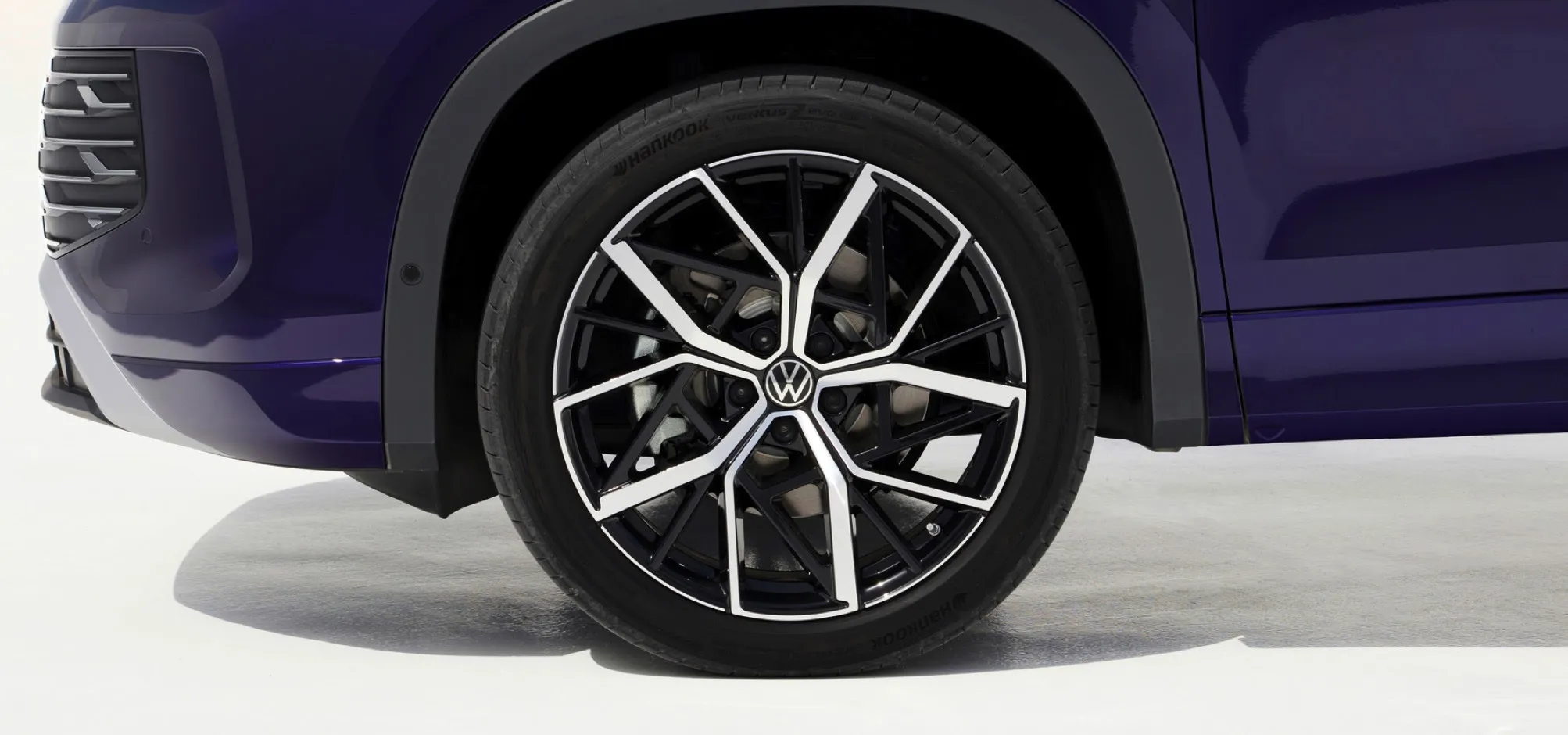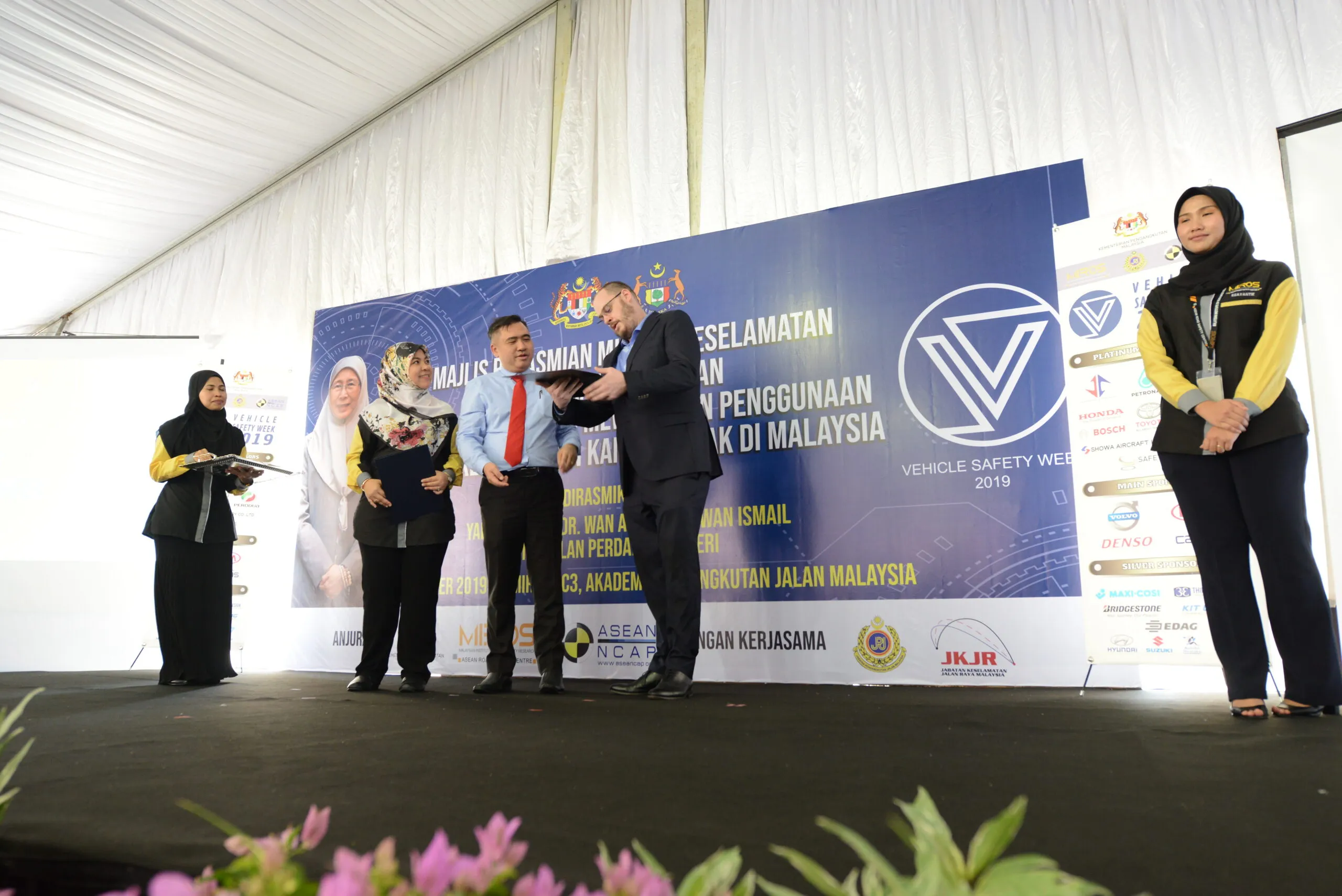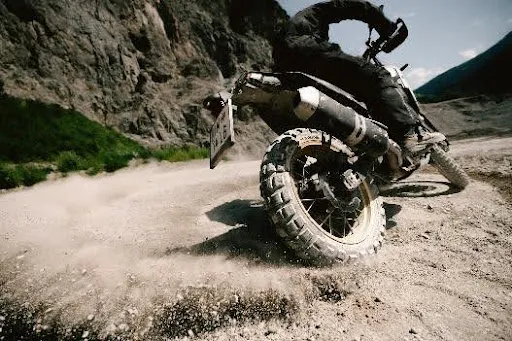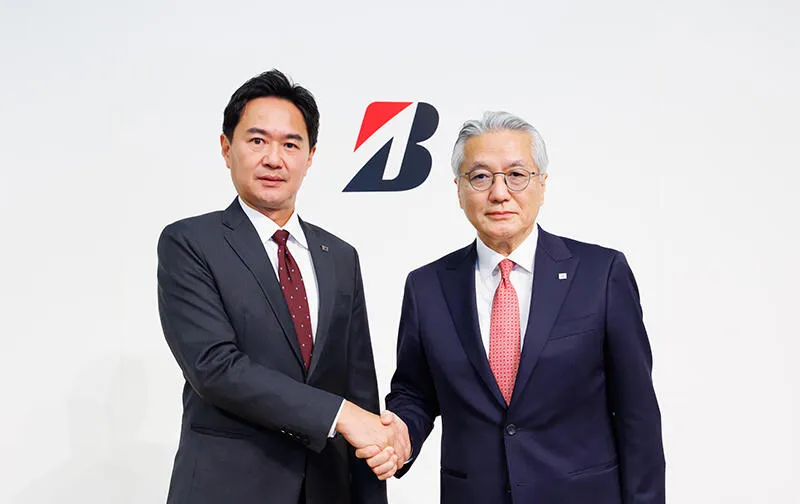Stay safe this monsoon. Learn how to choose tyres designed for Malaysia’s tropical roads to prevent aquaplaning and improve grip in wet conditions.
Motorists Need to Pay Attention to Four Aspects
The recent crackdown on illegal and substandard tyres, conducted by the Malaysian Anti-Corruption Commission (MACC), shed some light on the reality of the country’s tyre market. Given the number of tyres seized and assets frozen, it would seem likely that many of the illegal and sub-standard tyres had been in circulation.
According to the U.S. National Highway Traffic Safety Administration (NHTSA)’s findings, in the United States alone, there are 11,000 tyre-related motor vehicle accidents each year, and more than 600 people will die in those crashes. While there is no specific data from any Malaysian authority, it is safe to say that tyres are one of the most important parts of any vehicle.
Low-quality tyres, balding tyres, tyres with incorrect pressure, and tyres not suitable for a specific climate could be classified as faulty tyres. During the crackdown, which also involved representatives from several tyre makers, the MACC’s task force found that many illegal tyres were actually tyres meant for the European market.
The (real) problem with European-grade tyres in Malaysia is not about their quality, but their suitability. Tyres made for the European market use different rubber compounds than tyres for the Southeast Asian market. European tyres are engineered for cooler climates, using compounds with a higher glass transition temperature (Tg), a material property that keeps them flexible in cold weather.
However, under Malaysia’s tropical heat, these compounds will stiffen and the tyres will lose their grip on the road. When heavy rain hits, like it does when the monsoon arrives in November, that loss becomes an even bigger problem. On worn roads or standing water, braking distances will get longer, and traction will be weakened. This is not something motorists want to happen to their vehicles.
Major tyre manufacturers understand the difference and are generally not slow in pointing out the importance of fitting tyres that have been manufactured to suit the local climate. Michelin‘s Florentin Odenwald, for example, was recently quoted as saying, “For Malaysia, we only import tyres manufactured in Thailand as they are specifically formulated for local road and weather conditions.”
As the Northeast Monsoon draws near, choosing the right tyres for your vehicles is more important than ever. Not only do motorists need tyres that can evacuate water rapidly, but they also need tyres that can maintain contact on surfaces compromised by rain. In other words, motorists need tyres that can withstand wet surfaces and hot road temperatures, and these capabilities are only owned by tyres that have been tailored specifically for a tropical climate.
Exactly, What Are Motorists Supposed to Look For?
There are four aspects that motorists need to pay attention to when choosing the right tyres for the Northeast Monsoon season. First, tread pattern and depth. Tyres with deep grooves and aggressive lateral channels, such as the Continental UC7 and CC7, have a lower aquaplaning risk.
The next aspect is the compounds used to produce the tyres. The compounds must be heat-resistant to stay flexible, instead of hardening, in high temperatures. That’s where tyres like Michelin Energy XM2+ and Primacy SUV+ shine. They use heat-resistant rubber blends that hold traction even on scorching asphalt surfaces.
Number three is aquaplaning resistance. To keep your vehicles safe and stable when driving in heavy rain, tyres like Goodyear’s Assurance TripleMax 2 and EfficientGrip SUV are the correct choices, thanks to their tread patterns and compounds that have been tuned for quick water evacuation and shorter braking distances.
Lastly, regional specifications. The easiest way to find the right tyres for the Malaysian monsoon is to find tyres that are made for the Southeast Asian market, like the following:
- Michelin – Energy XM2+, Primacy SUV+
- Bridgestone – Turanza T005A, Alenza
- Continental – UC7, CC7
- Goodyear – Assurance TripleMax 2, EfficientGrip SUV
- Pirelli – Cinturato P7
- Hankook – Kinergy EX, Ventus Prime
- Toyo – Proxes CR
- Falken – Azenis FK520L, ZIEX ZE310R Ecorun
- Kumho – PS71
- Giti – GitiSport S2, GitiSynergy H
- Linglong – Sport Master 4S, CrossWind HP010
Each of these offers a combination of features suited for tropical monsoon-wet conditions, and they are distributed through authorised channels in Malaysia.
As a motorist, it should be fairly easy to find the right tyres for your vehicles to get through the Malaysian monsoon. As long as you buy them in authorised dealers and choose tyres that are made for your region, those tyres should have everything you need to get through even the most extreme weather conditions in Malaysia.

